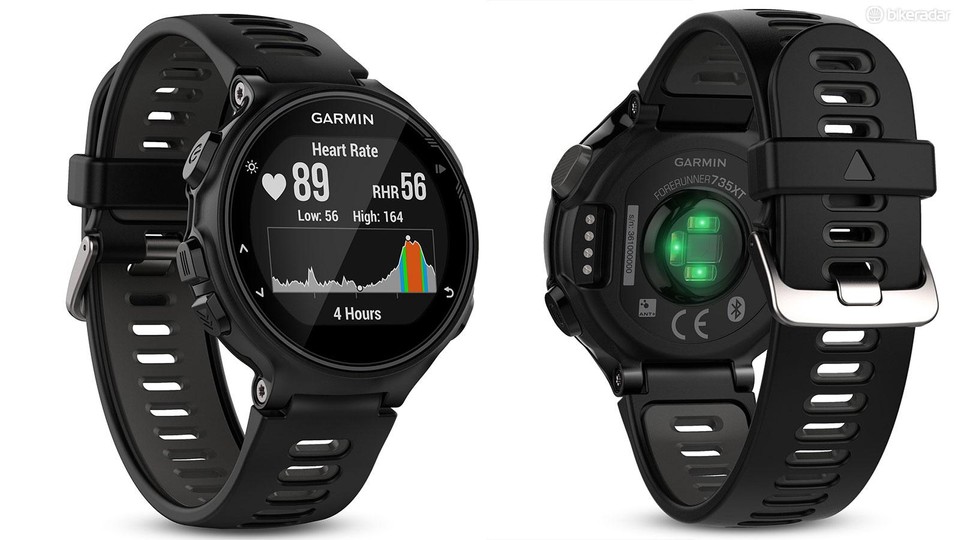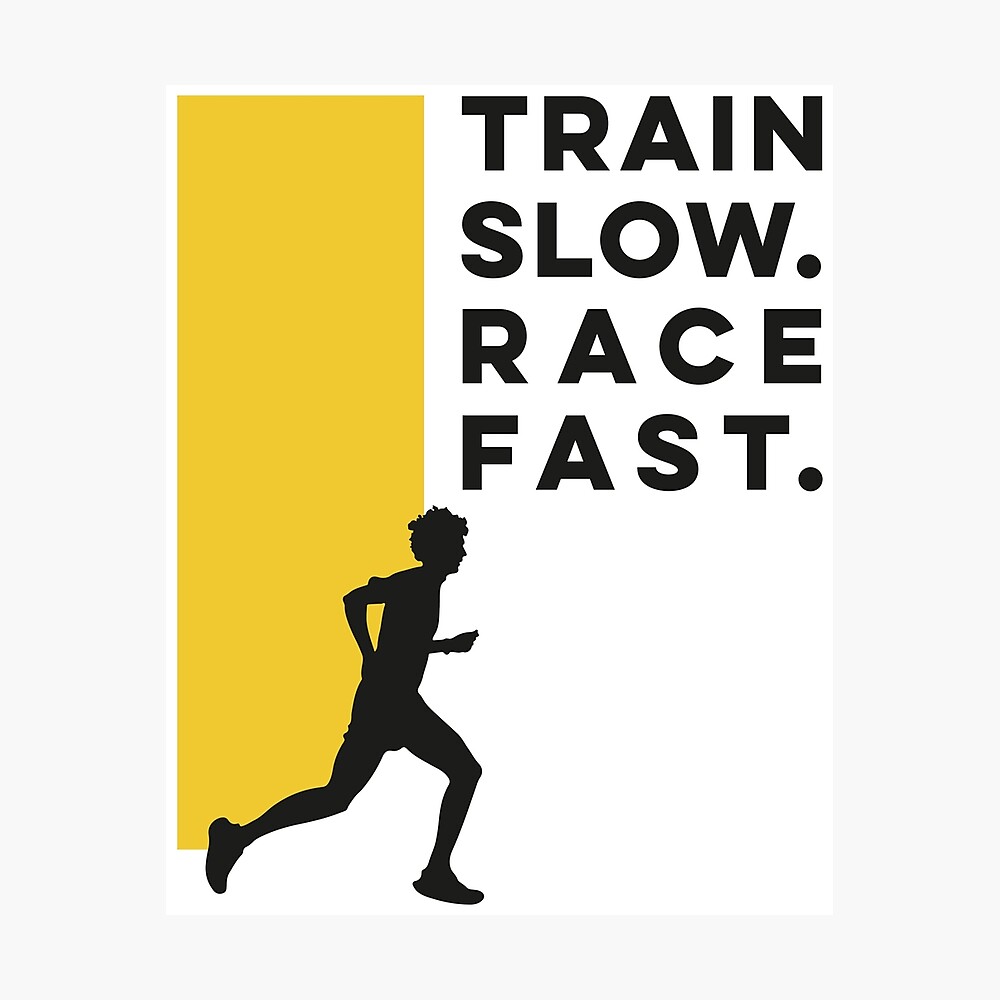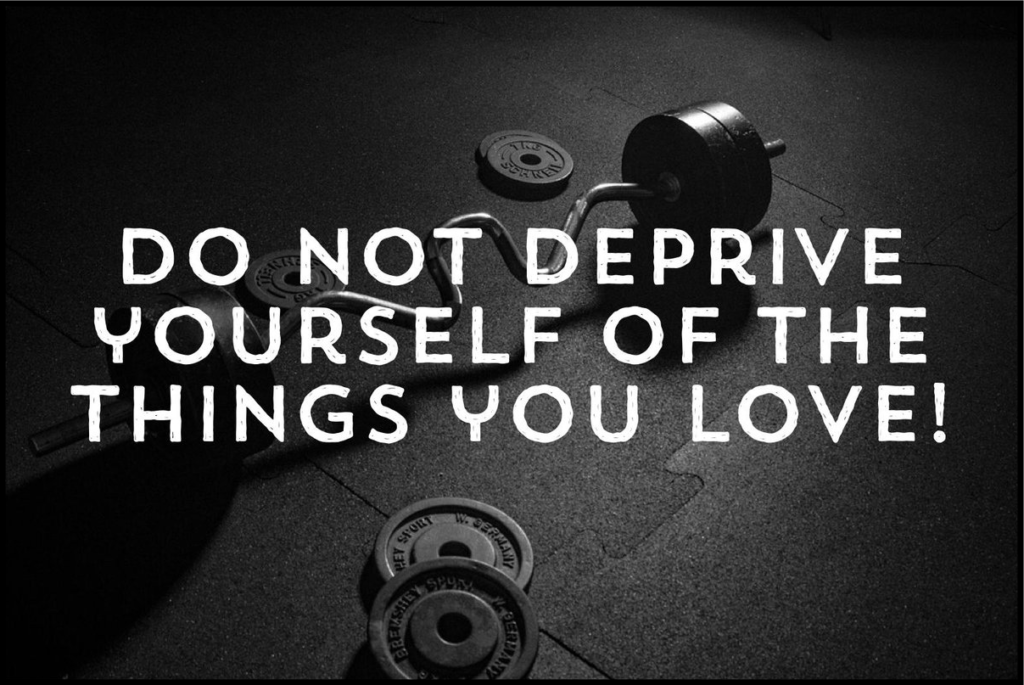
Low Heart Rate Training The M.A.F. Method
By Neil O’Hanlon
What! I hear you say. Surely to race fast you have to run fast in training? Well thats what I used to think so I wanted to let you in to another method of training that I use regularly. It’s a method that’s helped me achieve some of the best times I’ve had over the last five years, and still continue to use today. As you know by now, I’m a great proponent of keeping things nice and simple, sustainable and enjoyable, and I’m glad to say this form of training ticks all those boxes. As I said above, I always felt that in order to run fast or increase my fitness I had to either ‘run fast’ or ‘burn myself out’ by upping the training intensity. Not so, what I found was the complete opposite. By running slower in my training and keeping my heart rate low I actually became faster over time and increased my endurance ten fold with less effort. For me now, this is the majority of my weekly training which keeps me in tip top condition without the need to over exert myself.
I’ve been using Maximum Aerobic Function training for the last 5 years now and it makes my training so much more doable but also enjoyable
Maximum Aerobic Function Training
Basically its low heart rate training and maybe you’ve not heard of it before. Many people I talk to, even experienced runners have not yet heard of the MAF method. I stumbled across it five years ago and quickly started incorporating it into my training. Today I’ll share some of my experiences and results with it and hopefully it will inspire you to give it a try.

So What Is The MAF Method?
The MAF method is low heart rate training, designed to keep you within your aerobic threshold. It’s a very efficient form of running training that improves your performance without overtraining you. You run your training miles under a certain heart rate which you calculate by simply subtracting your age from the number 180.
For me at the age of 46 the calculation is as so:
180 – 46 = 134 that means I will try to keep all my runs under 134 BPM
How To Keep Track
I monitor this by using a heart rate watch during my runs to make sure I stay under 134 BPM. This can be a chest strap or your running watch. I personally use the Garmin Venu and it seems to read pretty accurate so far.

Within the MAF protocol, there are different variables you can adjust and adapt to suit, however I’m just going to keep this article very simple. If you’d like to know the whole scientific approach to this method, and how the calculations have been worked out, then by all means drop me a line and I’ll make sure you get the relevant in depth information.
For me 134 BPM is the top range so I don’t want to go above that. The MAF method allows for a range of 10 BPM so my ideal range to stay in, is between 124 BPM and 134 BPM with 130 BPM being about optimal. The closer I can stay to this number the better for increasing my aerobic capacity.
Don’t worry though. If you don’t have a heart rate monitor, I believe this kind of training can be done by feel to a certain extent, just keep it very easy
You’re Probably Thinking Why Would I Want To Do This?

Well, the reason is, by running exclusively aerobic, you’ll increase your endurance by running more miles, but with less stress to the body. A win, win situation.
The MAF method recognises that many athletes are very fit. However at the same time very unhealthy, due to chronic overtraining
As you continue MAF training you’ll increase your running speed whilst staying at the same low heart rate. This also drastically reduces your chance of injury as well as reducing recovery time, since you’re not putting the same stress on your body as running anaerobically which is the body using Glycogen instead of Fat. You’ll know by now that I’m a huge advocate of not overtraining these days. Unfortunately though, it’s still easy to see that overtraining and poor recovery is still a huge problem in the running world.
By utilising this method it will mitigate those risk factors
Main Focus
So let’s talk about the good stuff. For the most part training this way lives up to its promises. I could run 20 miles on a Saturday and still feel well enough to go out on Sunday and do it all over again. What I noticed after a period of time, was that I was barely breaking a sweat on a lot of runs because I never reached a point of total exertion.
So if you’re training for a marathon or even further than this is really effective

However it’s definitely a process and a progress thing. You can physically feel yourself getting faster each day, but still staying at the same low heart rate. I believe it was one of the main reasons my running achievements in the last few years increased, it eliminated the fatigue brought on by overtraining and overreaching injuries that I acquired with my so-called normal moderate, steady state running.
Another thing I noticed was my resting heart rate dropped to between 40 and 50 BPM which I thought was pretty cool
And The Downside
Okay that’s the good points, so I thought in the order of balance I’d mention a few negative points, not that I think it should ever put you off this way of training. When you start this way of training it will frustrate you, and it may even feel ridiculous at first trying to stay in the MAF heart rate zone. This could mean you need to walk then run or even do a really slow jog at first. To me it felt really forced and like I was running with the brakes on. It felt totally different to my normal routine where I’d just take off at my desired pace.
Be Patient And Follow The Process
My first week of trying MAF resulted in a 13 minute mile pace which felt really awkward and just wrong, especially when I’m used to running sub six minute miles in pace work and quicker in races but I wanted this to work so I stuck with it.

A word of warning before you start. You have to leave the ego at home. Trust in the process and it will all work out for the best
Its A Patience And Humility Thing

You have to remember that you know you can run quicker if need be and eventually you will reap the benefits. Gradually I bought my pace down to 11 minutes per mile, then 10 minutes, but the first month requires a lot of patience and humility.
I’ll be honest staring at my heart rate monitor definitely took some of the fun out of running. But, because I wanted this to work I needed to keep an eye on my watch to make sure I was well within my limits. If my BPM went higher than 134 then I backed off, and if it was lower than 124 I just kept the same pace. I figured that the lower the heart rate whilst my speed was increasing the better. After a while I managed to bring my pace down to 7 minutes per mile whilst still maintaining my low MAF heart rate. I now realised that this style of training worked and subsequently had trained my heart rate to become lower as I got fitter.
What I like about M.A.F. is that it’s a very holistic regimen
However,
In order for MAF to work 100% you have to watch your diet, lifestyle choices, and any other kinds of exercise that can immensely influence or downgrade your progress.
The MAF method insists on a Whole Foods approach to follow whilst training. The reason for this is, stress, alcohol, processed foods, sugar or anything that creates inflammation or increased pressure on your body will stifle your progress.

So for me, when I did anaerobic sprints on certain days, or I’d had a few too many beers at the weekend, I would find my heart rate slightly elevated during my MAF runs. However I’m not into depriving myself so this is a trade off I’m prepared to make. I still want to enjoy life and the wonderful food and drink that’s available. Only then can we create a lifestyle that keeps you healthy but more importantly is simple and sustainable.
The Takeaway
The takeaway for me is that MAF training is the healthiest and most sustainable form of running I’ve ever done. Once you get into the groove, you’ll start to enjoy running more than you ever did in the past. If I look around that’s definitely something I see many runners missing these days.

Using the MAF method has definitely brought me increased endurance and training success over the recent years. Yes I like to have a drink, eat some pizza and run at whatever heart rate I desire sometimes. I just think it’s a balance thing and I still maintain to incorporate MAF into my training plans every week.
I treat it as a recovery run.
For me this way of training with my lifestyle is the most balanced approach I’ve ever had. It allows me to reap the benefits without becoming overtrained or deprived of all the good things in life.
Extra Information
If you want to go really deep in this method of training, you can find all you need to know on Phil Maffetones website. It’s really extensive and as well as his book which I can highly recommend if your into all the science, it explains all the hypothesis in detail. I’ve tried to condense and simplify this whole topic so you can start using it straight away.
